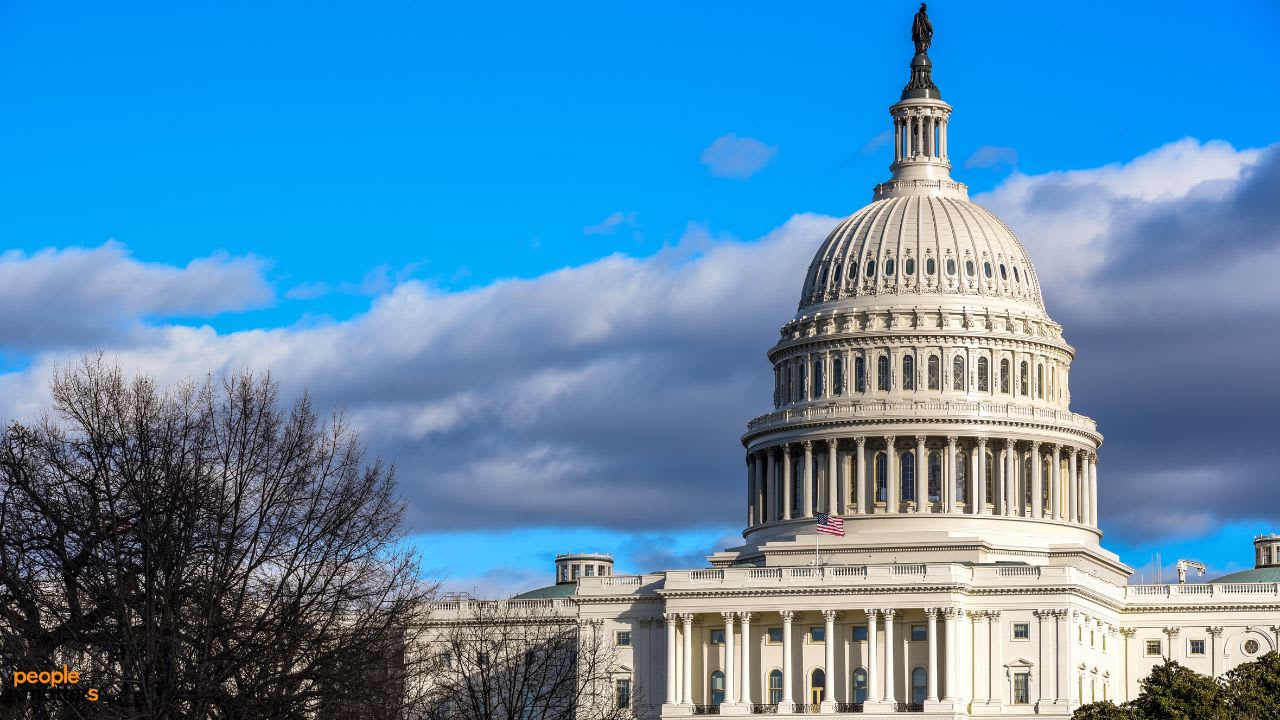Business travel risks in post-election America

Following the 2024 US presidential election, the landscape remains volatile for business travellers. Although the election outcome is decided, the heightened risk of political unrest endures, and the period leading up to the presidential inauguration in January 2025 demands vigilance from organisations sending employees to the US.
Political violence in response to election outcomes is not new. The January 6, 2021, siege on the US Capitol is a stark reminder of how deeply held beliefs, fuelled by misinformation and perceived injustices, can quickly escalate into unrest.
Similarly, Brazil’s 2022 election protests and Venezuela’s recent political tensions illustrate how contested results and public distrust in election fairness can ignite strong reactions. These cases serve as reminders that, when political outcomes feel personal, tensions can swiftly escalate.
Despite these challenges, demand for in-person business meetings is on the rise. According to the World Travel & Tourism Council, global business travel spending is projected to reach $1.5 trillion in 2024, surpassing pre-pandemic levels.
Organisations worldwide are prioritising face-to-face interactions to build relationships and achieve strategic goals. For employees travelling to the US, however, this return to travel requires heightened safety awareness and thorough planning to navigate the current political uncertainty.
Understanding the risks in post-election America
The recent US presidential election has revealed the depth of America’s political divisions, with polarised views on critical issues creating an environment of heightened tension. President-elect Donald Trump’s presidential campaign, marked by two failed assassination attempts, further exposed rifts over issues like immigration, foreign policy, crime, the economy, and abortion rights.
As the presidential inauguration in January 2025 approaches, concerns about unrest persist. Intelligence reports indicate increased online discussions among extremist groups. Some of these groups, motivated by civil conflict narratives, pose threats to government targets and ideological opponents.
The US Department of Homeland Security has also raised alarms over growing domestic extremist activity, adding to overall safety concerns.
Furthermore, surveys reveal that approximately 40 per cent of American voters are anxious about potential post-election violence or legal efforts to contest results, reflecting broad public unease about political stability. Amid this backdrop of hate crimes, rising xenophobia, and increasing gun violence, ensuring individual traveller safety is a priority for organisations.
What organisations should prioritise
To navigate these challenges, organisations must prioritise a robust set of measures to protect their employees:
1. Real-time monitoring and updates
The situation on the ground can change quickly, and having a system for real-time monitoring of local developments is critical. Organisations should leverage reliable security intelligence services which are ground-validated that provide timely alerts on potential disruptions and incidents in specific areas.
2. Pre-travel security briefings
Pre-travel briefings are therefore essential for informing travellers about the unique challenges they may face as a result of their individual profile, activities and the behaviours that can minimise exposure to risks. These sessions should cover potential hotspots, safe accommodation choices, transportation advice, and tips for maintaining a low profile.
Employees who are well-prepared and aware of the situational landscape will be better equipped to avoid unnecessary risks. For senior executives, robust executive protection measures may also be necessary.
3. Contingency planning and emergency protocols
Every travel policy should include contingency plans in case of disruptions, such as airport closures, public transportation halts, or sudden protest activity. Clear protocols for sharing location and status, contacting security assistance, identifying safe zones, and accessing medical support can reduce panic and ensure timely assistance when needed.
4. On-the-ground support and response options
Should incidents arise, on-the-ground support – whether through local security partners or dedicated personnel – provides critical assistance in high-risk scenarios. For instance, International SOS’s ability to mobilise medical and security resources quickly helps organisations manage crises effectively, protecting both employee safety and business continuity.
5. Balancing business needs with employee wellbeing
Finally, companies must weigh business objectives against the duty of care for their travelling staff. While attending post-election forums and engaging in strategic business gatherings are valuable, these opportunities should not compromise employee wellbeing. Setting firm safety parameters and empowering employees to make informed decisions about travel plans fosters a culture of care and security.
Additionally, reminding employees of available support systems and channels, especially for sensitive mental health concerns, is essential for those traveling.
Moving forward and building resilience
In times of uncertainty, a proactive approach to employee safety is a hallmark of responsible organisations. By implementing these practices, companies can better ensure the safety and wellbeing of their employees and continue operating effectively in an increasingly complex global environment.
As we head into 2025, the potential for unforeseen disruptions remains. With the right preparation, however, organisations can navigate these risks confidently, protecting their people while maintaining their business goals.


